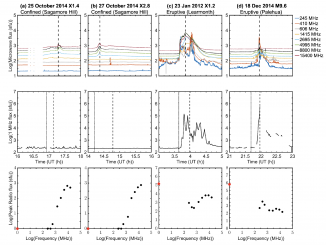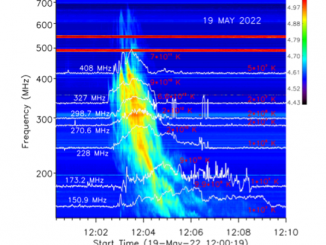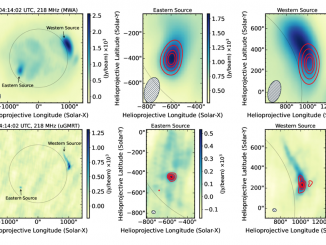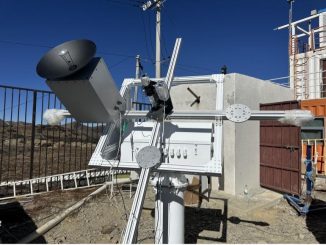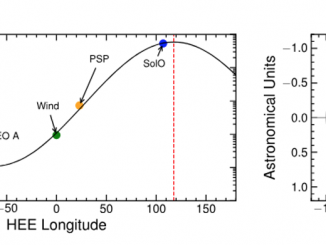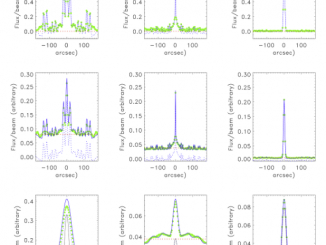Signatures of Confined and Eruptive Solar Flares in Microwave Spectra by E. W. Cliver et al.
Solar flares are generally divided into two classes: eruptive flares (with associated coronal mass ejections; CMEs) and confined flares that lack CMEs. Because eruptive flares are the principal source of major space weather effects at Earth, relatively little attention was paid to confined flares until the great sunspot group of October 2014, designated NOAA 12192, passed across the solar disk giving rise to 35 large flares (29 “M” SXR-class and […]

